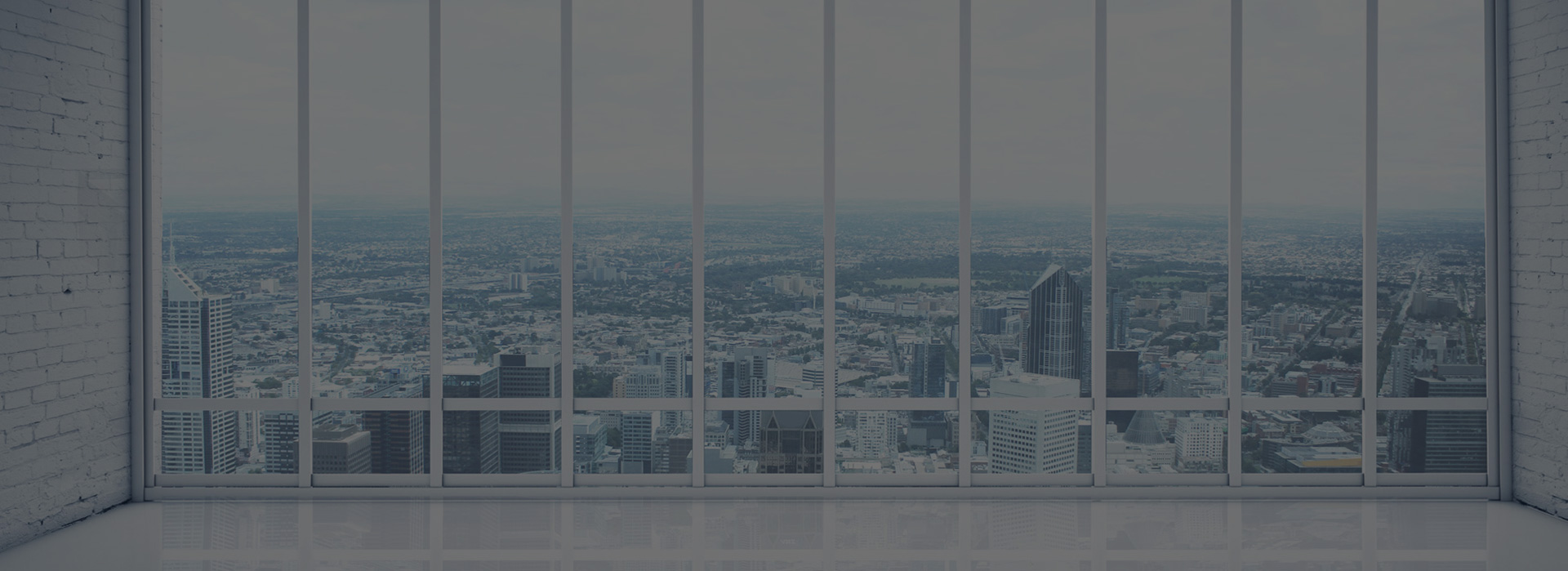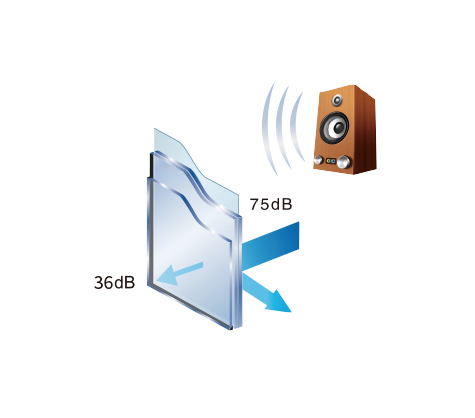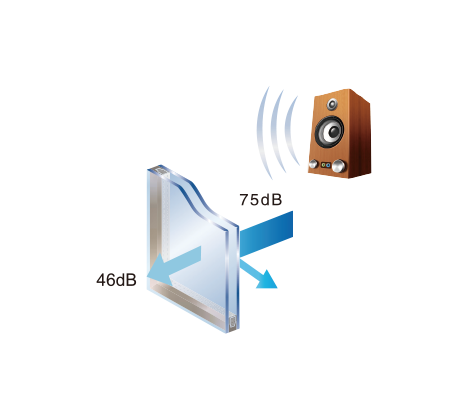
The vacuum insulating glass is composed of two flat glass, one or two of which are Low-E glass. The glass plates are separated by a square array of pillars with a height of 0.1 ~ 0.2mm. The two pieces of glass are sealed with glass solder around. There is a exhaust port on one piece of glass and a getter is placed. After vacuum exhaust, the vacuum cavity is formed by sealing the exhaust port with a sealing piece. vacuum insulating glass has the characteristics of low heat transfer coefficient and good sound insulation performance, which can play the role of heat insulation, anti- condensation, energy saving, reducing noise and so on.

Reasons for choosing vacuum insulating glass
The thermal transmittance U of vacuum insulating glass can be as low as 0.38W/(m2·K)

Low-E vacuum insulating glass 0.42 W/(m2·K)

Low-E insulating glass1.8 W/(m2·K)
The weighted sound insulation of single vacuum insulating glass can reach 39dB,The composite vacuum insulating glass can reach 42dB

vacuum insulating glass Rw≥39dB

Insulating glass Rw≥29dB

| type of glass | configuration | U value W/(m2·K) | thickness/mm | weight(Kg/m2) |
| vacuum insulating glass | 4TL+V+4T | 0.42 | 8 | 20 |
| 5TL+V+5T | 0.42 | 10 | 25 | |
| insulating glass | 5TL+12A+5T | 1.5 | 22 | 26 |
| 5TL+16Ar+5T+16Ar+5TL | 0.8 | 45 | 38 |
| type of glass | U value W/(m2.k) | ||
| Angle between glass and horizontal position |
90 degrees | 45 degrees | 0 degrees |
| vacuum insulating glass | 0.42 | 0.42 | 0.42 |
| insulating glass | 1.74 | 2.1 | 2.4 |
The air pressure in plateau area is usually lower than 0.85 atmospheric pressure, while that in plain area is 1 atmospheric pressure. If it is used in plateau area, it is easy to cause cracking and failure; The internal pressure of the vacuum insulating glass is close to zero, so it will not produce cracking when used in plateau area. On the contrary, because of the small pressure difference, it can reduce the atmospheric pressure and stress of the vacuum insulating glass and improve the safety of the vacuum insulating glass.

Comparison of insulating glass used in low altitude area and plateau area